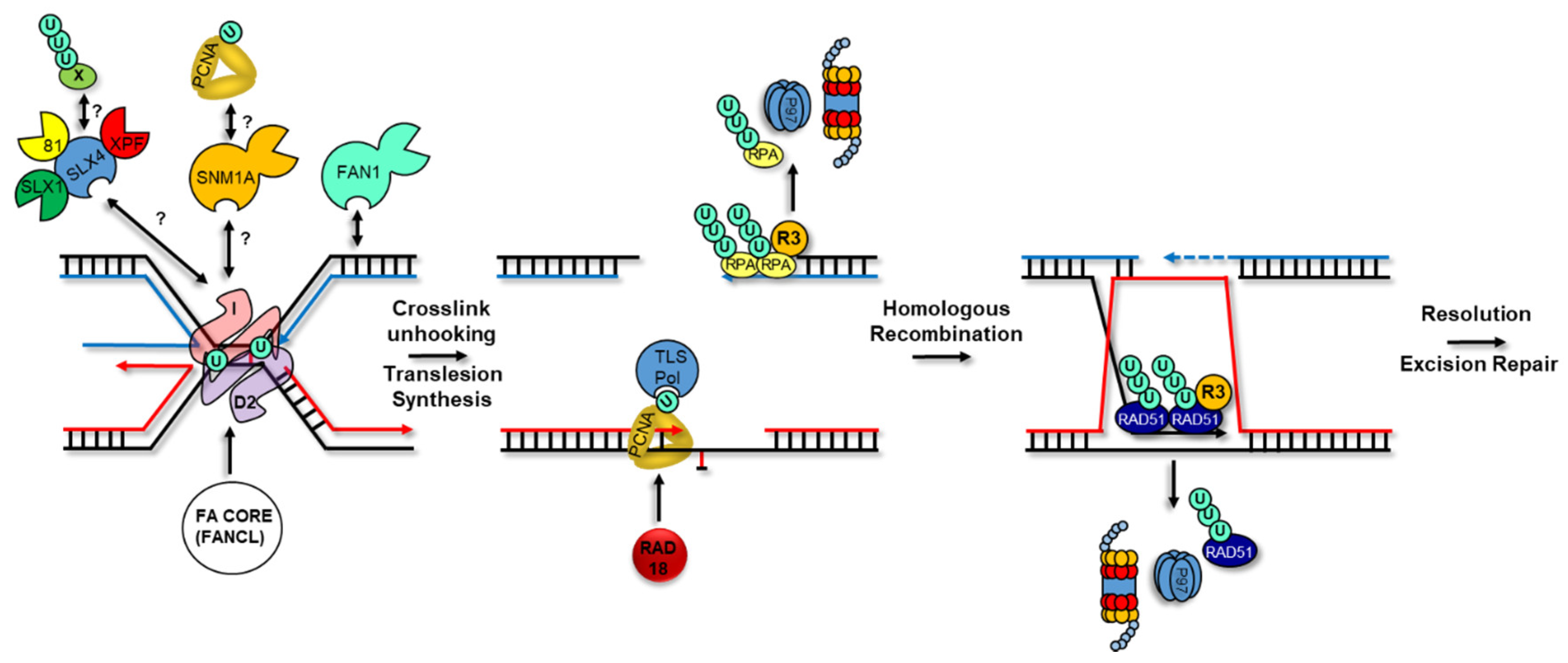Section 10-3 Review Dna Replication | During dna replication, two strands of dna separate, and each separate strand forms a template to make a new strand. Without replication, each cell lacks enough genetic material to provide instructions for creating prot. All organisms must duplicate their dna with extraordinary accuracy before each cell division. Double helix, structure of two strands, intertwining around an axis like a twisted ladder ; Dna replication is important because it creates a second copy of dna that must go into one of the two daughter cells when a cell divides.
Dna replicates to make copies of itself. During dna replication, two strands of dna separate, and each separate strand forms a template to make a new strand. Each new cell needs a dna copy, which serves as instructions on how to function as a cell. Dna replication is important because it creates a second copy of dna that must go into one of the two daughter cells when a cell divides. Early dna replication occurs within actively transcribed chromatin.

All organisms must duplicate their dna with extraordinary accuracy before each cell division. Dna replication requires other enzymes in addition to dna polymerase, including dna primase, dna helicase, dna ligase, and topoisomerase. Double helix, structure of two strands, intertwining around an axis like a twisted ladder ; This is an indispensable process that allows cells to divide for a living organism to grow or reproduce. Dna replication is important because it creates a second copy of dna that must go into one of the two daughter cells when a cell divides. View dna replication ws vl.docx from biology lab biolog at manasquan high. During dna replication, two strands of dna separate, and each separate strand forms a template to make a new strand. Each new cell needs a dna copy, which serves as instructions on how to function as a cell. Nucleotide, building block of nucleic acids ; Dna, rna, and protein synthesis. This review is concerned with the mechanisms underlying the fidelity of the chromosomal replication in the model system escherichia coli by dna polymerase . Read the passage below, which covers topics from your . A detailed description is given in the "methods" section.
This is an indispensable process that allows cells to divide for a living organism to grow or reproduce. Dna replication requires other enzymes in addition to dna polymerase, including dna primase, dna helicase, dna ligase, and topoisomerase. View dna replication ws vl.docx from biology lab biolog at manasquan high. The replication process results in the formation of two identical molecules, containing one strand from the original piece. Nucleotide, building block of nucleic acids ;

Dna replication requires other enzymes in addition to dna polymerase, including dna primase, dna helicase, dna ligase, and topoisomerase. All organisms must duplicate their dna with extraordinary accuracy before each cell division. Chapter 10 active reading worksheets. In this section, we explore how an elaborate "replication . Dna replication is important because it creates a second copy of dna that must go into one of the two daughter cells when a cell divides. Dna replicates to make copies of itself. Nucleotide, building block of nucleic acids ; View dna replication ws vl.docx from biology lab biolog at manasquan high. A detailed description is given in the "methods" section. This is an indispensable process that allows cells to divide for a living organism to grow or reproduce. During dna replication, two strands of dna separate, and each separate strand forms a template to make a new strand. Double helix, structure of two strands, intertwining around an axis like a twisted ladder ; Early dna replication occurs within actively transcribed chromatin.
This is an indispensable process that allows cells to divide for a living organism to grow or reproduce. Without replication, each cell lacks enough genetic material to provide instructions for creating prot. Dna replicates to make copies of itself. The replication process results in the formation of two identical molecules, containing one strand from the original piece. Enzyme that separates the strands of dna during replication.
During dna replication, two strands of dna separate, and each separate strand forms a template to make a new strand. Early dna replication occurs within actively transcribed chromatin. Dna replication requires other enzymes in addition to dna polymerase, including dna primase, dna helicase, dna ligase, and topoisomerase. Dna, rna, and protein synthesis. This review is concerned with the mechanisms underlying the fidelity of the chromosomal replication in the model system escherichia coli by dna polymerase . Dna replication is important because it creates a second copy of dna that must go into one of the two daughter cells when a cell divides. This is an indispensable process that allows cells to divide for a living organism to grow or reproduce. Read the passage below, which covers topics from your . Each new cell needs a dna copy, which serves as instructions on how to function as a cell. Dna replicates to make copies of itself. The replication process results in the formation of two identical molecules, containing one strand from the original piece. In this section, we explore how an elaborate "replication . All organisms must duplicate their dna with extraordinary accuracy before each cell division.
Section 10-3 Review Dna Replication: Early dna replication occurs within actively transcribed chromatin.
0 Tanggapan:
Post a Comment